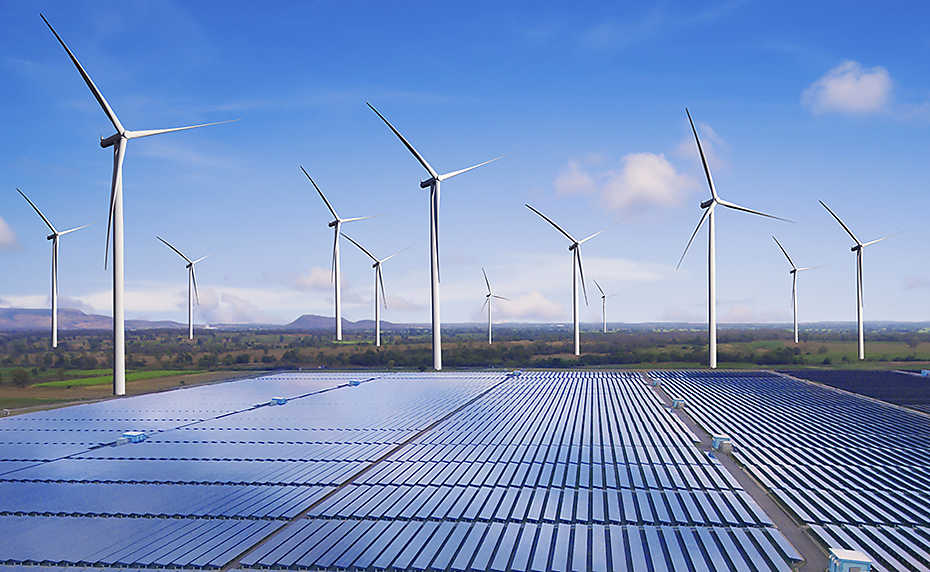Description

Disclaimer: Copyright infringement not intended.
Context: Ministry of New and Renewable Energy (MNRE) said it would be doing away with the practice of reverse auctions — when companies bid to offer the lowest price — while awarding contracts for setting up wind-energy projects. However, wind industry experts say this alone will not necessarily improve the sector’s fortunes.
More on the news:
- India has committed to installing 60,000 MW of wind power projects by 2022, but has met only two-thirds of the target.
- There were complaints from the industry that e-reverse auctions are leading to tariffs being artificially lowered leading to unhealthy competition
- While reverse auctions were the norm for all renewable energy projects, including solar and wind projects since 2015, the government’s change of stance signals that the rock-bottom prices associated with clean energy projects — per unit solar power costs have fallen to ₹2.40 a unit — do not reflect the true costs of renewable energy.
- The reverse auction system replaced a system of feed-in tariffs where companies placed closed bids for a chance to develop a wind power project at a site in return for a fixed revenue for a fixed period.
- While this led to a boom in the sector in Tamil Nadu and Gujarat, per-unit prices for wind power varied widely from State to State.
- Frequently, those who bid for wind power projects wouldn’t know the sites at which their potential projects would be located and once they began developing the sites, they would encounter challenges. This would lead to projects being abandoned that ultimately hindered the development of the sector
- Experts said that the existing policy for wind power projects is a “disaster” for entrepreneurs. Regions that had suitable sites for developing wind farms are usually unconnected to the electricity grid and there are substantial costs involved in ensuring that electricity from the wind farm made it to the grid.

Reason for dip in health:
- Cost of large tracts of land required to install wind turbines is among the reasons cited for the dwindling health of the sector.
- The other reasons are limited availability of prime sites that are favourable for cost-efficient wind power projects and the poor financial health of State electricity distribution companies, which pay wind power project developers for every unit of power sold to them, are among the reasons cited for the dwindling health of the sector.
Conclusion: The only way forward for the growth of the sector, especially if it is to be fair and not cornered by a few big companies, is if the true price of a project is transparently captured in the bid price.
https://epaper.thehindu.com/Home/ShareArticle?OrgId=G81A2Q293.1&imageview=0
1.png)












